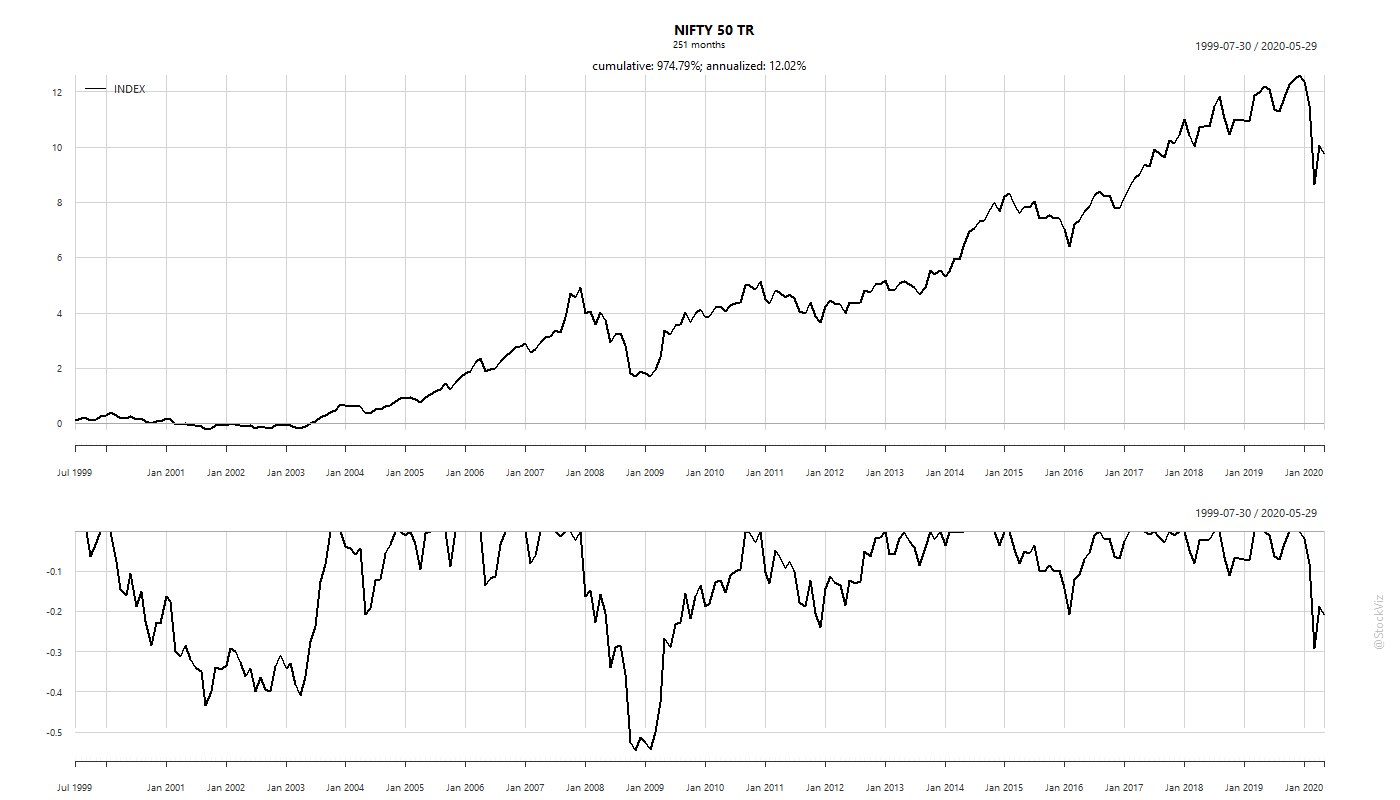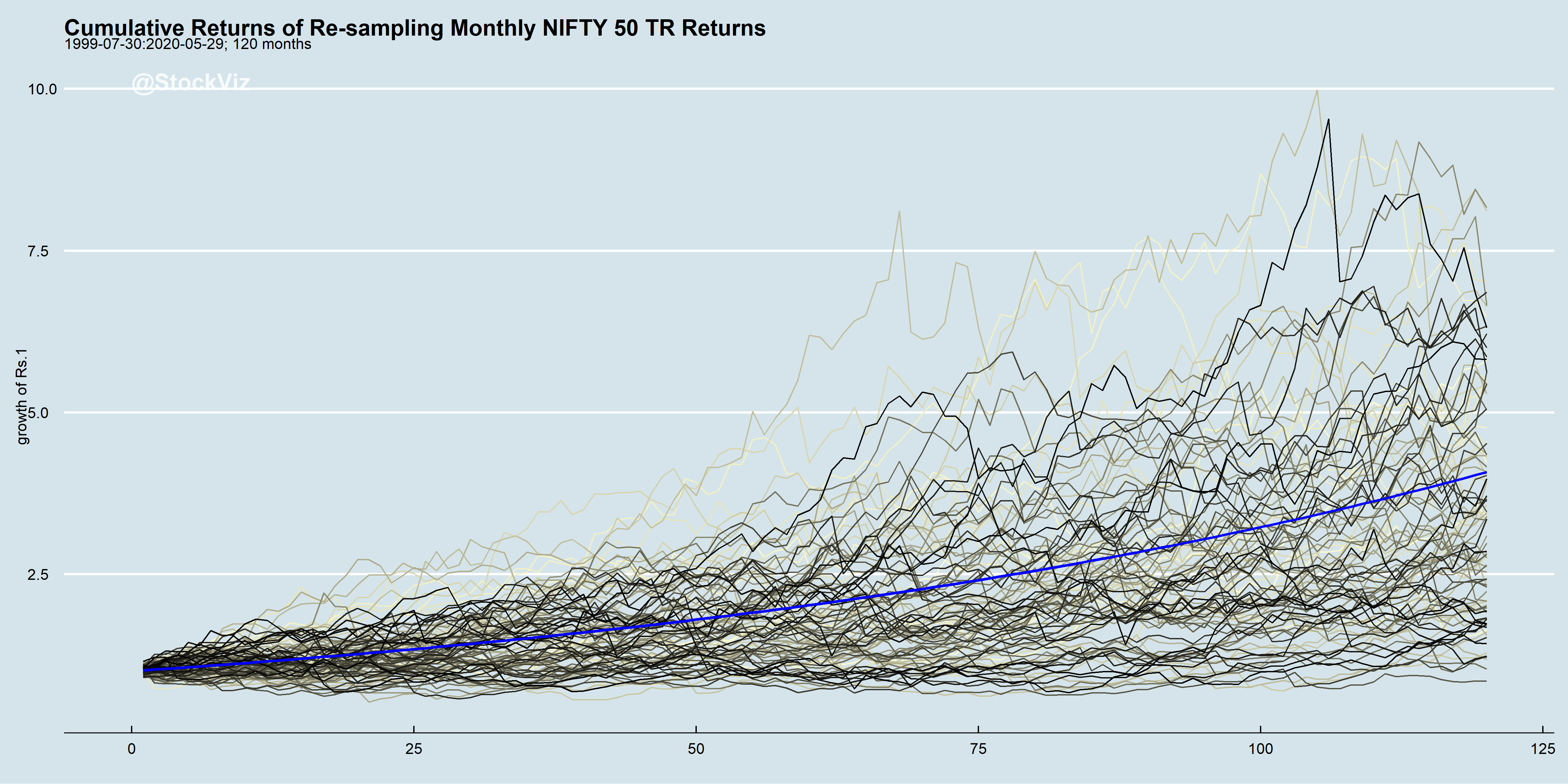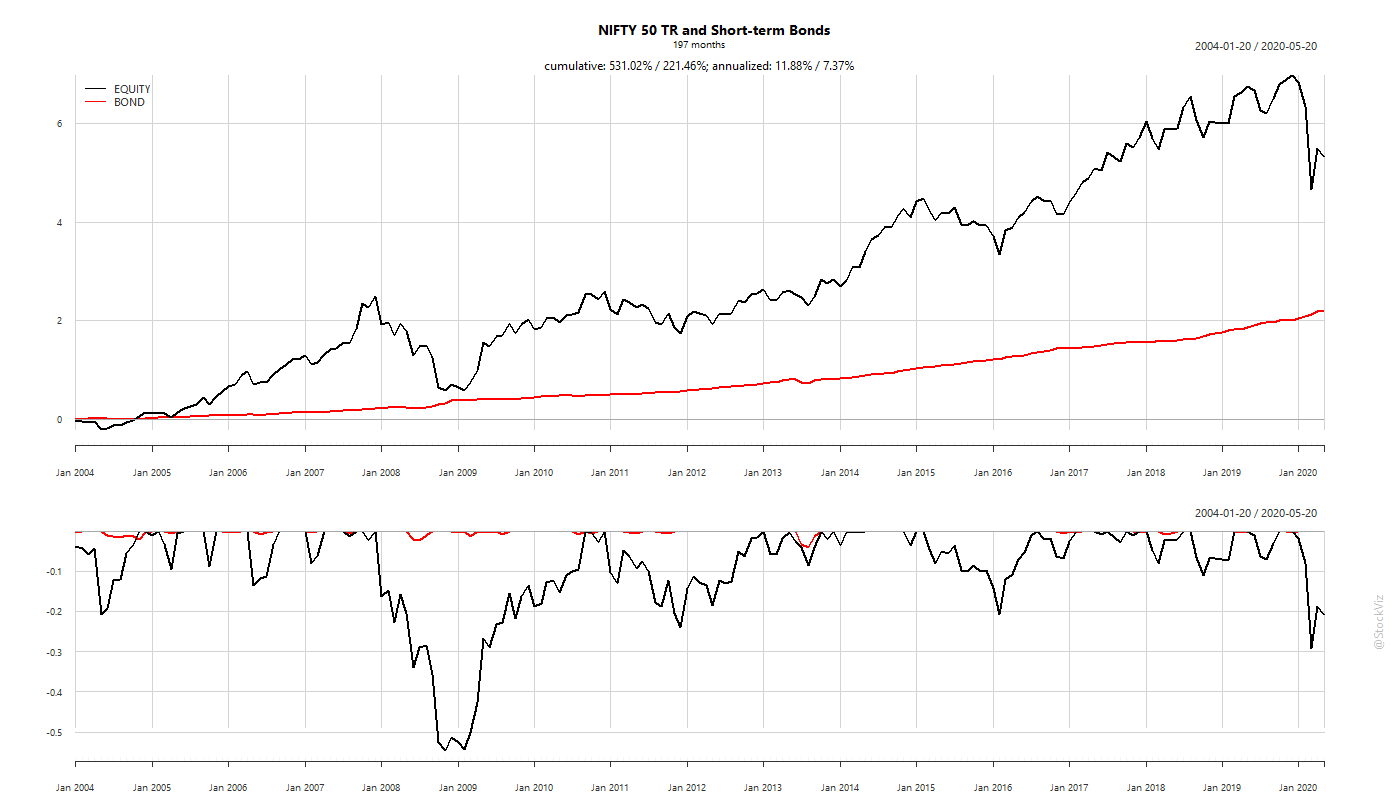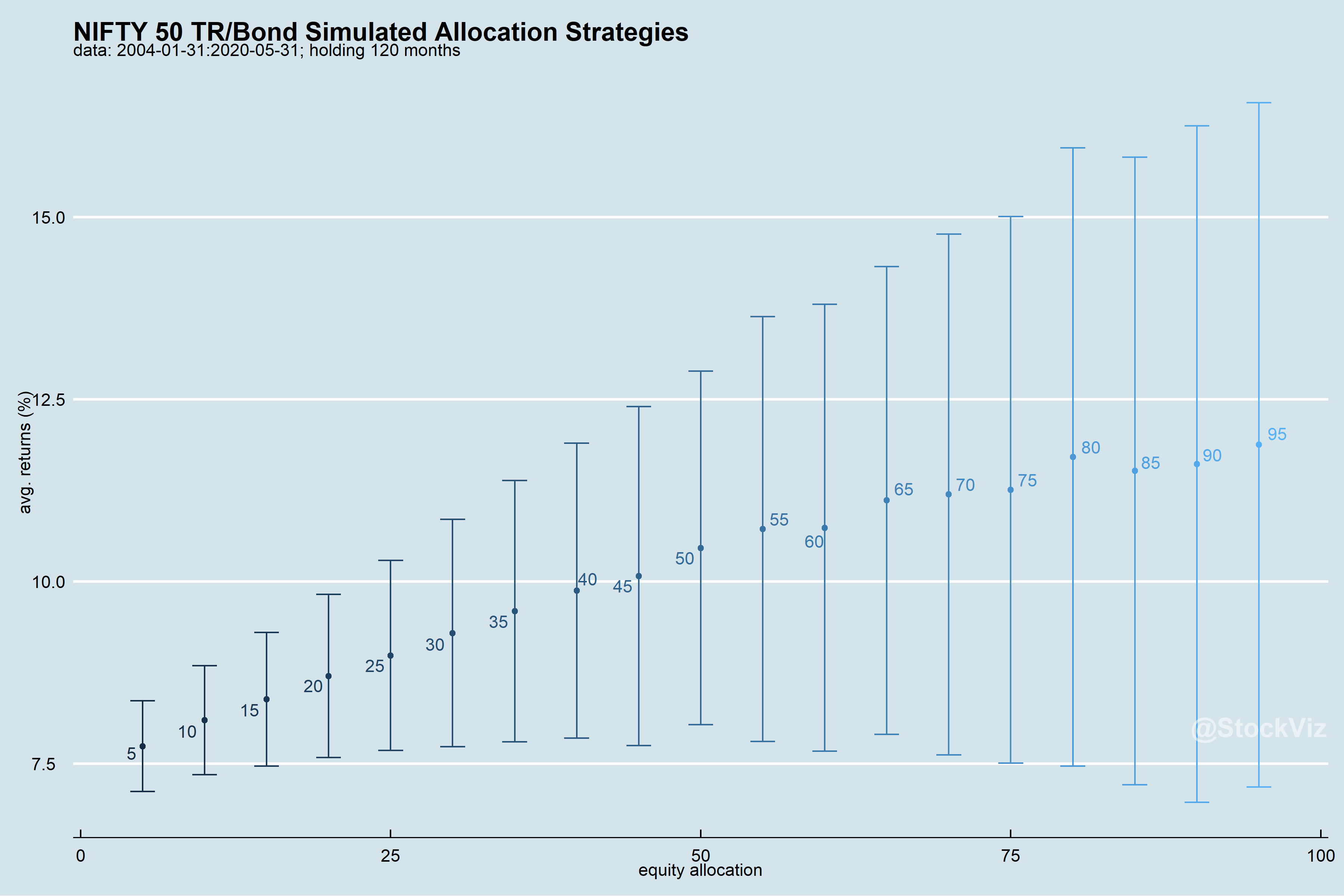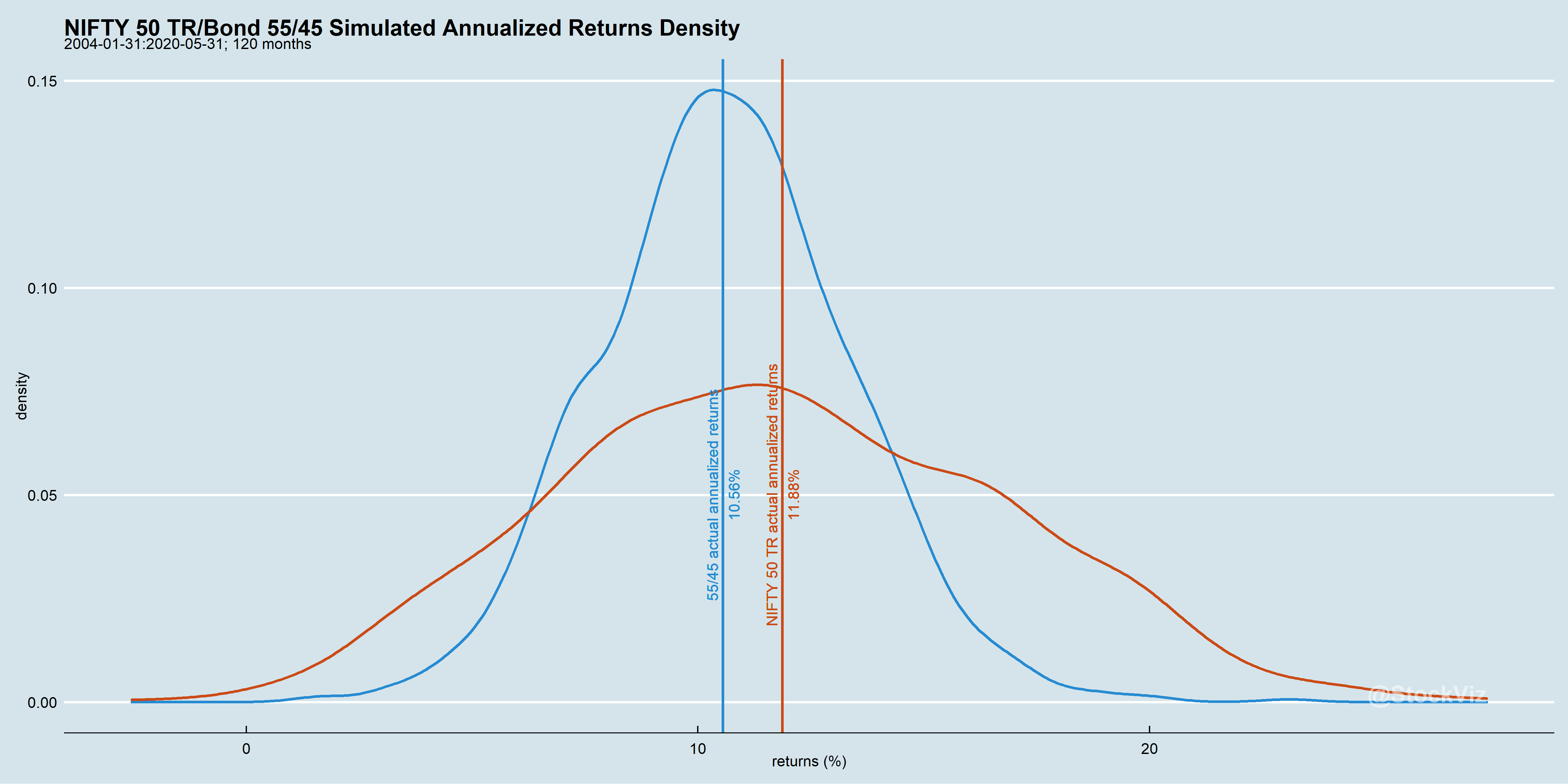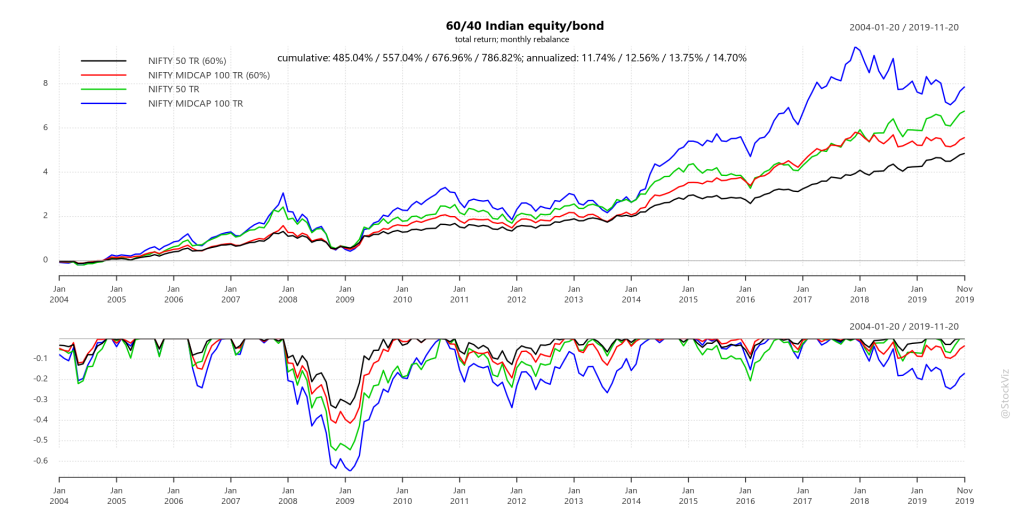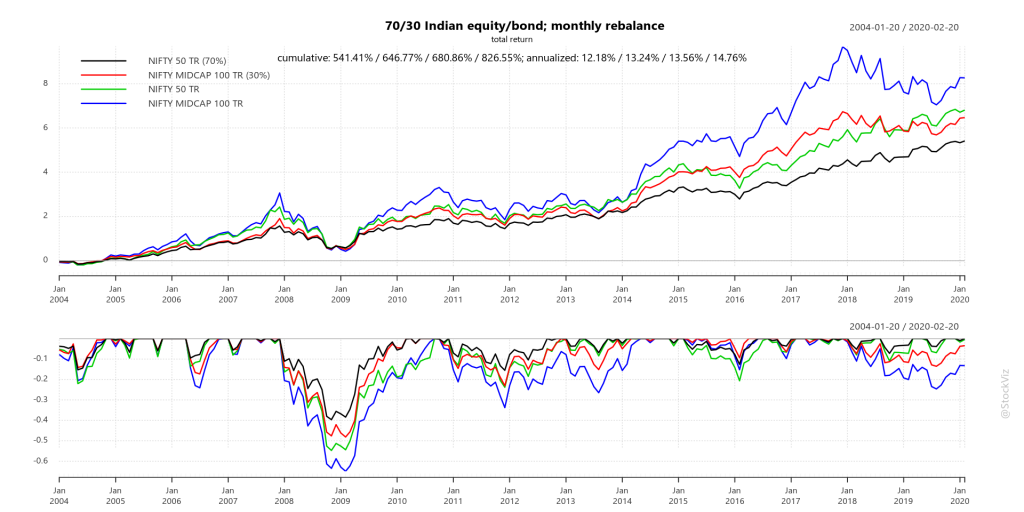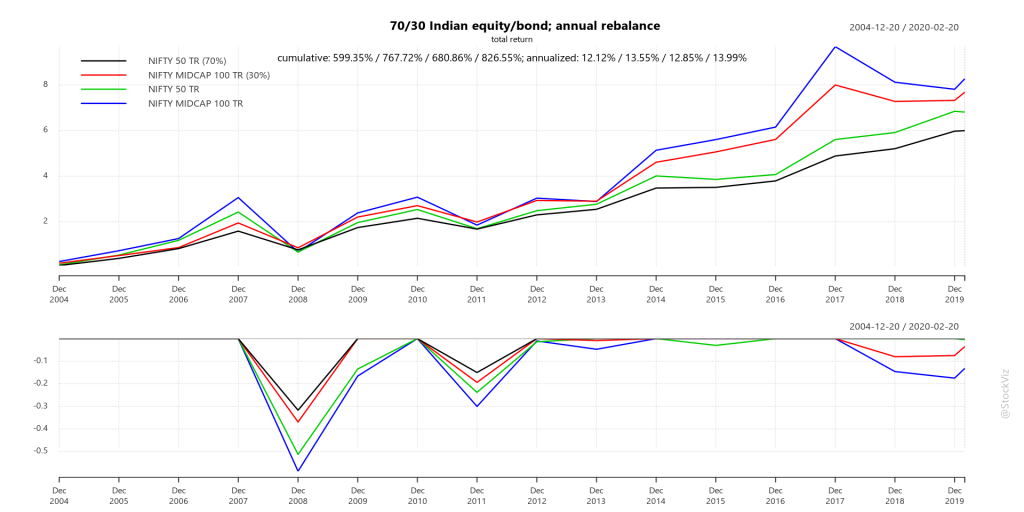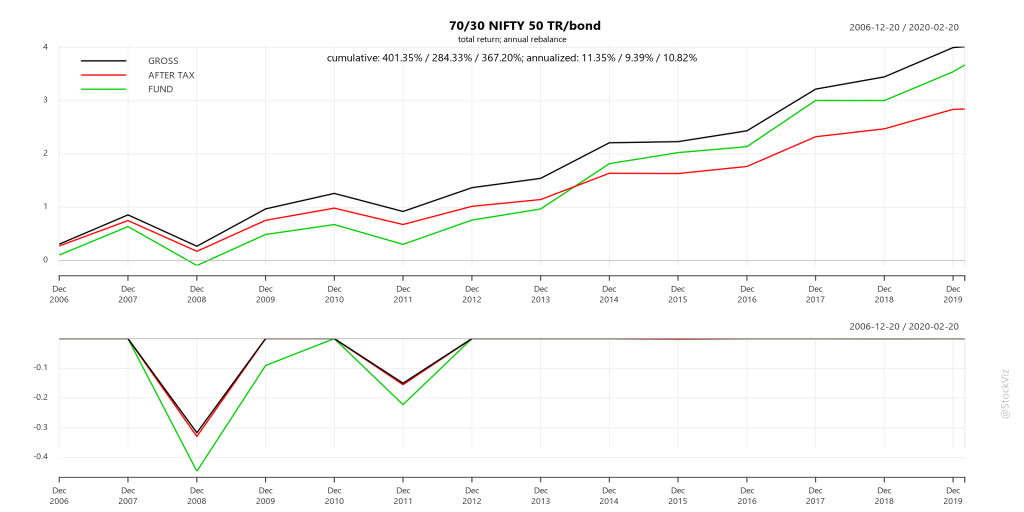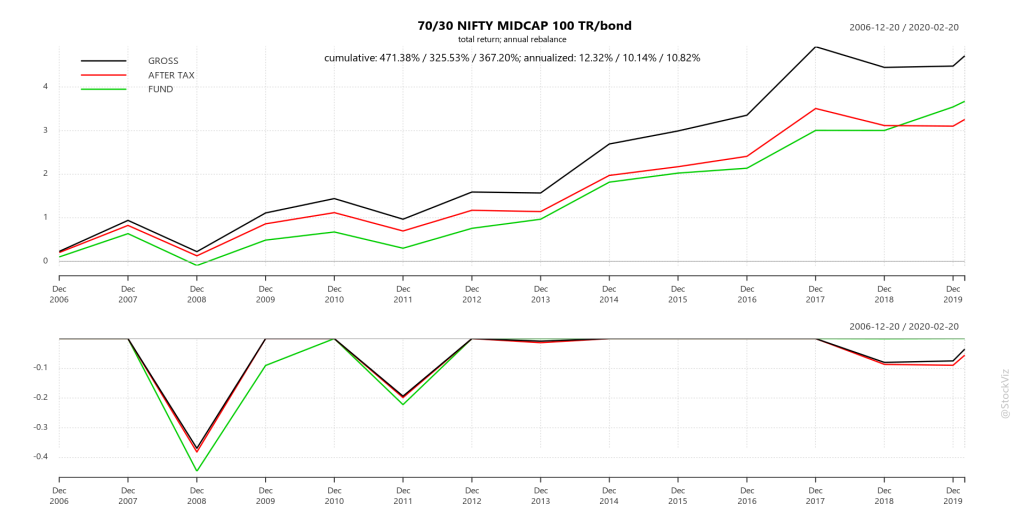Building blocks for a diversified portfolio
Over the last few years, most brokers in the US have started offering no-frills accounts with zero-brokerage and fractional shares. However, new investors who are just getting started are either over-served by advisors or under-served by social media. In this post, we list out ETFs that every investor should be aware of if they are interesting in building a diversified portfolio.
We filtered for
Assets under management (AUM) – larger the better
Cost (expense ratio) – lower the better
Liquidity and popularity – higher the better
We cover equities, bonds, real-estate and commodities across the US, DM (Developed Markets) and EM (Emerging Markets.)
VTI
The Vanguard Total Stock Market Index Fund ETF is a $250 billion whale of a fund that is probably the only equity ETF a small-ticket first-time investor should consider.
Covering the entire US equity market, it is as passive as they come. With an expense ratio of 3bps (you pay $3 for every $10,000 investment,) it is the cheapest as well.
AGG
The iShares Core U.S. Aggregate Bond ETF is one of the largest bond ETFs on the planet with $90 billion in assets. It has everything from treasuries, agencies, CMBS and ABS to investment-grade corporates. You pay 4bps for the privilege.
Split your funds 60% into VTI and 40% into AGG and you basically have a portfolio that has traditionally outperformed 99% of the hedge funds out there.
With the Big Two out of the way, if you still have some risk appetite and time on your hands, you can reach out for more returns (potentially.)
SCHF
The Schwab International Equity ETF tracks all Developed Markets other than the US. With an AUM of $27 billion and an expense ratio of 6bps, it is a decent equity fund if you feel that US stocks are over valued.
Its largest exposure is to Japanese stocks followed by British, France, Germany, Canada and Switzerland. Unlike some other funds in this space, it also includes South Korea.
One caveat though, the fund is not currency hedged. The topic of buying hedged vs. unhedged ETFs is a topic that we will not get into right now. Suffice to say that hedging is not free – it is a price you pay to insulate yourself from fluctuations and you should weigh the cost vs. its benefits over your investment time horizon.
BNDX
The Vanguard Total International Bond ETF provides exposure to Developed Market (ex-US) investment-grade government and corporate bonds. It is a monster of a fund with $136 billion in assets. An 8bps expense ratio is a wonderful bargain.
The fund is currency hedged.
We are not fans big fans of EM/FM (Emerging/Frontier Markets) investing from the US through ETFs. In the recent past, these markets have only been a source of risk and not returns. Gains in local currencies, when converted to US Dollars, haven’t compensated for the additional risk. However, for investors who believe that the future is going to be different, these ETFs are worth considering.
EEM, EMXC and FRDM
The iShares MSCI Emerging Markets ETF is perhaps the largest in this space. $32 billion in AUM and a 70bps expense ratio, it is the go-to ETF for EM investors.
However, the wrinkle is that Hong Kong and China form more than 37% of the portfolio. For investors worried about geopolitical risk, this may be a point of concern. This is where EMXC comes in.
The iShares MSCI Emerging Markets ex China ETF is a minnow by comparison (less than $1 billion in AUM) but it doesn’t include China and Hong Kong, making it palatable. However, there’s another wrinkle while investing in EM – some of those countries are ruled by despots. What if you want to invest in EMs that are democratic and respect personal freedom? Enter FRDM.
The Freedom 100 Emerging Markets ETF tracks the Life + Liberty Freedom 100 Emerging Markets Index. The Index is a freedom-weighted EM equity strategy that uses human and economic freedom metrics as primary factors in the investment selection process. And this means excluding China, Hong Kong and India – 3 of the largest markets in EM.
EMB
The iShares JP Morgan USD Emerging Markets Bond ETF an index of US-dollar-denominated sovereign debt issued by EM countries. It holds USD-denominated rather than local-currency debt. This eliminates direct currency risk for US investors. With $20 billion in AUM and an expense ratio of 39bps, its an attractive fund for investors looking to diversify into EM bonds.
Now that we have equities and bonds out the way, lets look at real estate. A REIT is a publicly traded security that invests in real estate through properties or mortgages. For the most part, in the past, their returns were correlated to interest rates. From investopedia: In a study done by the S&P, which analyzed six periods beginning in the 1970s where the yield of the 10-year Treasury grew significantly, of these six periods of interest rate increases, REIT returns increased during four of them.

VNQ and VNQI
VNQ, The Vanguard Real Estate ETF has about $75 billion in AUM and charges 12bps. It captures much of the US real estate market.
VNQI, Vanguard Global ex-U.S. Real Estate ETF has about $5 billion in assets and an order-of-magnitude larger than the closest alternative. It contains property companies from both developed and emerging countries, excluding the United States. Japan, China and Hong Kong are the top three geographies where it invests. Like with any other EM/FM investments, caveat emptor!
Some investors view gold as a tail-risk and inflation hedge and some prefer to add commodities to their portfolio to ride on emerging market demand. While it is debatable whether these assets live up to their expectations in the future, there have been lengthy stretches in the past where gold and commodities have outperformed other asset classes.
GLD and PDBC
GLD tracks the gold spot price, less expenses and liabilities, using gold bars held in London vaults. With about $65 billion in management and 40bps in expense ratio, its probably the best way to add exposure to the yellow metal in your portfolio.
PDBC holds a diverse basket of futures contracts on 14 commodities across the energy, precious metals, industrial metals and agriculture sectors. Has about $6 billion in AUM and its 59bps expense ratio is a bargain compare to the effort involved in actively managing a futures portfolio in a tax-efficient manner.
There are over 2500 ETFs listed in various US stock exchanges. We hope that our short list of 12 ETFs above helps investors get started. Do watch the discussion below:
Already have a basic portfolio and looking for quantitative strategies on US stocks and ETFs? Head over to freefloat.us

